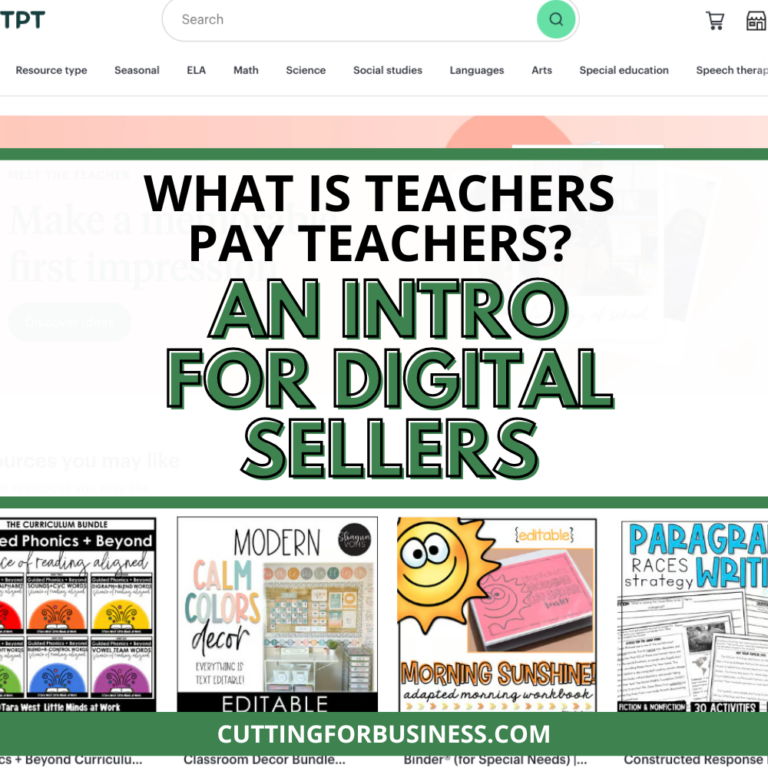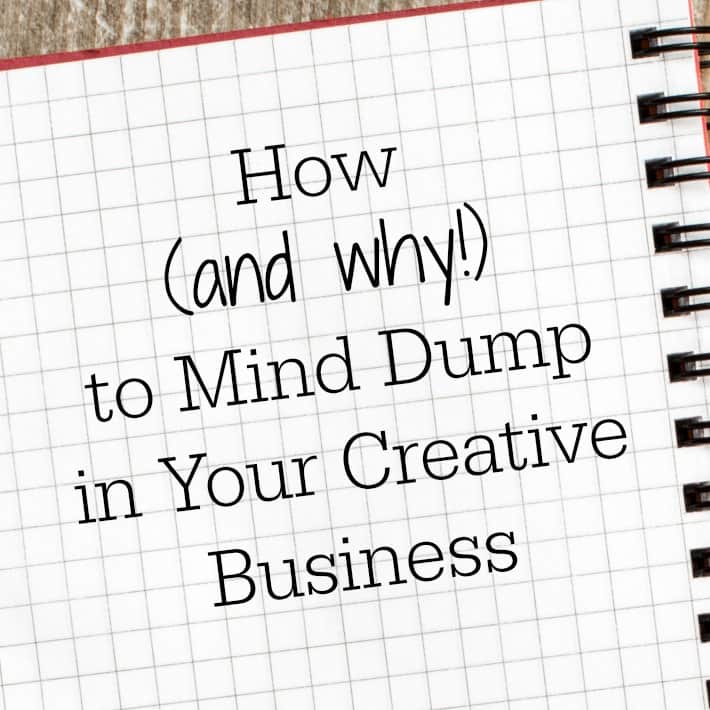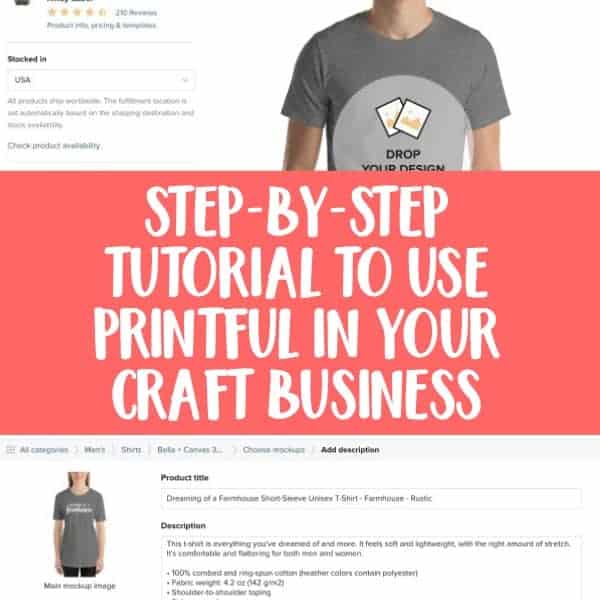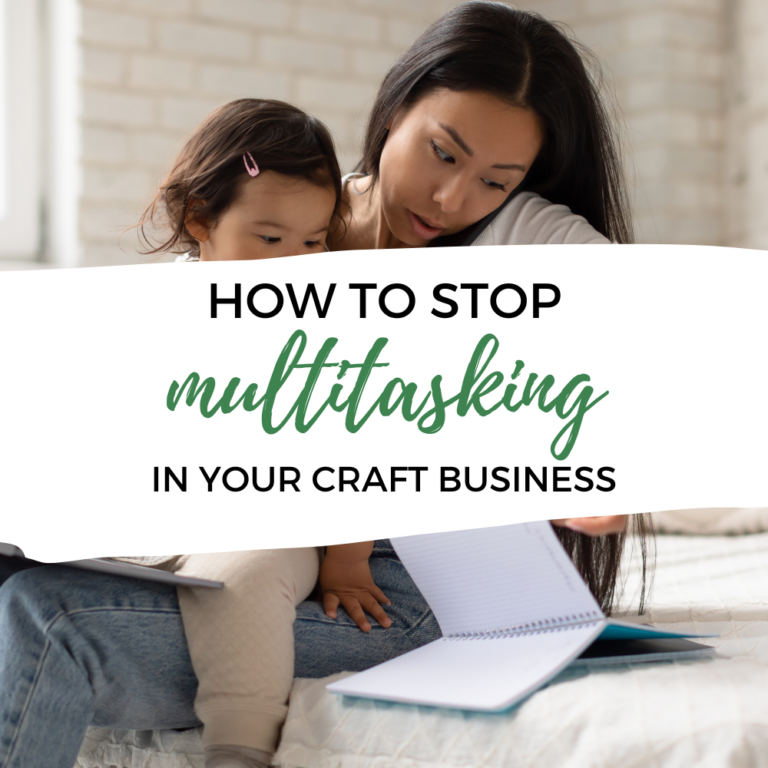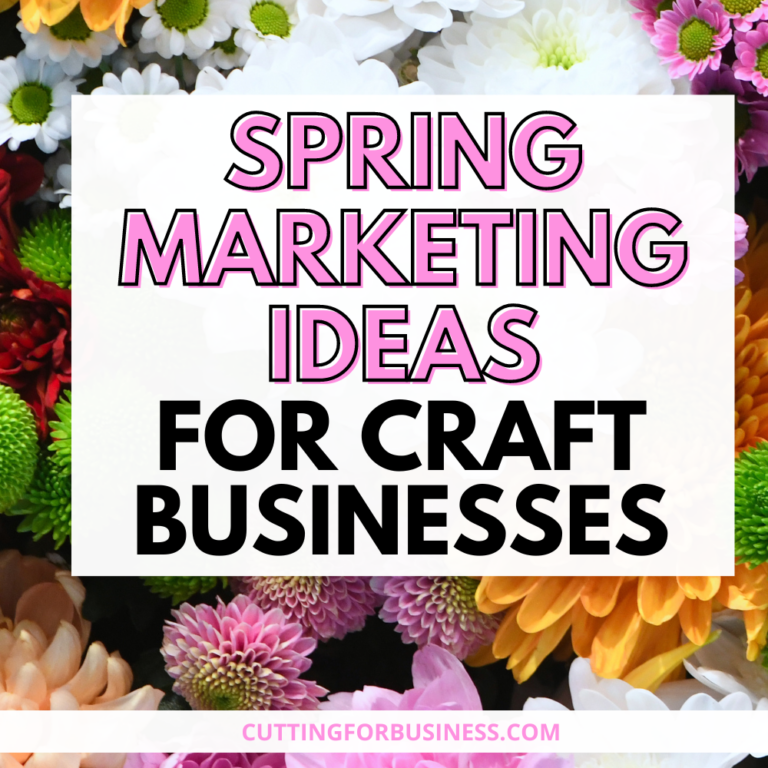How to Add Rhinestones to Your Silhouette Cameo Business
Affiliate Disclosure: As an Amazon Associate I earn from qualifying purchases. Additionally, I may get commissions for purchases made through other affiliate links in this post.
I’ve had several Cutting for Business readers ask me about rhinestones, more specifically – are rhinestones a profitable addition to my Silhouette or Cricut business? I’ll be honest with you, I am not much of a “bling” person. However, I know someone who is! Welcome Lisa Potts from The Rhinestone World. I’ll turn it over to her:
One of the most common statements I hear from people is, “I have always wanted to do rhinestones, but I am too intimidated!” In your Silhouette business, rhinestones are an easy item to start using with high profits. Due to the demand of bling shirts with weddings, dance moms, and sport moms; a Silhouette business can quickly increase their profits by simply adding rhinestones to their existing offerings.
What do you need to get started?
If you already own a Silhouette, then the biggest investment is already purchased! With just a few more items, you’ll be ready to start cranking out some awesome bling!
Rhinestones
This is the most obvious item needed, of course. Be advised, there is a difference in rhinestone quality. Your products carry your business’ reputation, so make sure you are purchasing the best quality stones for your customers so you can proudly stand behind your work. Apparel rhinestones are called “hot-fix” rhinestones. These have a heat activated glue on the back and are best applied with a heat press. They can be pressed to most fabrics and Bling N-E-Thing decal material. Rhinestones are not recommended to be pressed to 100% nylon, ribbed garments, satin, or denim due to the likelihood of the stones falling off over time. TRW uses and recommends Korean low lead rhinestones for customers and businesses as they are the best quality for an affordable price. While rhinestones can be applied with a home iron, a heat press is the best option because you can regulate the pressure and temperature.
Rhinestone Sizes and Types
Rhinestones come in a variety of sizes, measured in “ss” units. The larger the number, the bigger the stone. SS10 rhinestones are the most common stones with the widest variety of colors.
- SS6: 2mm
- SS10: 3mm
- SS16: 4 mm
- SS20: 5 mm
Rhinestones can come in other sizes, but SS6, SS10, SS16, and SS20 are the most commonly found and easiest to work with. In addition to the basic colors, you can also purchase Korean low lead stones in Arora Borealis or “AB” colors. These stones have an iridescent coat on the stone that reflects light more and creates a more “sparkling” appearance.
Machine cut rhinestones contain more facets than our Korean low lead stones, which results in a higher quality and a brighter shine. These are most commonly used for accent pieces in designs due to their higher cost.
Template Material
Let’s be honest here, you’re thinking that these rhinestones are going to be hand placed, right? That’s the beauty of template material. Cut out a template with holes, brush the stones in, and you’ve got a rhinestone transfer ready in minutes! A common complaint about template material is that not all the stones go in and you will have to flip over the stones. We recommend Sticky Flock template material. A brush is needed to make your template. A simple paint brush from the hardware store will be perfect for the job. Brush your stones in, and it will be nearly perfect, requiring minimal adjustments. The best part? The template material is reusable! Cut it one time and you can use it over 50 times!
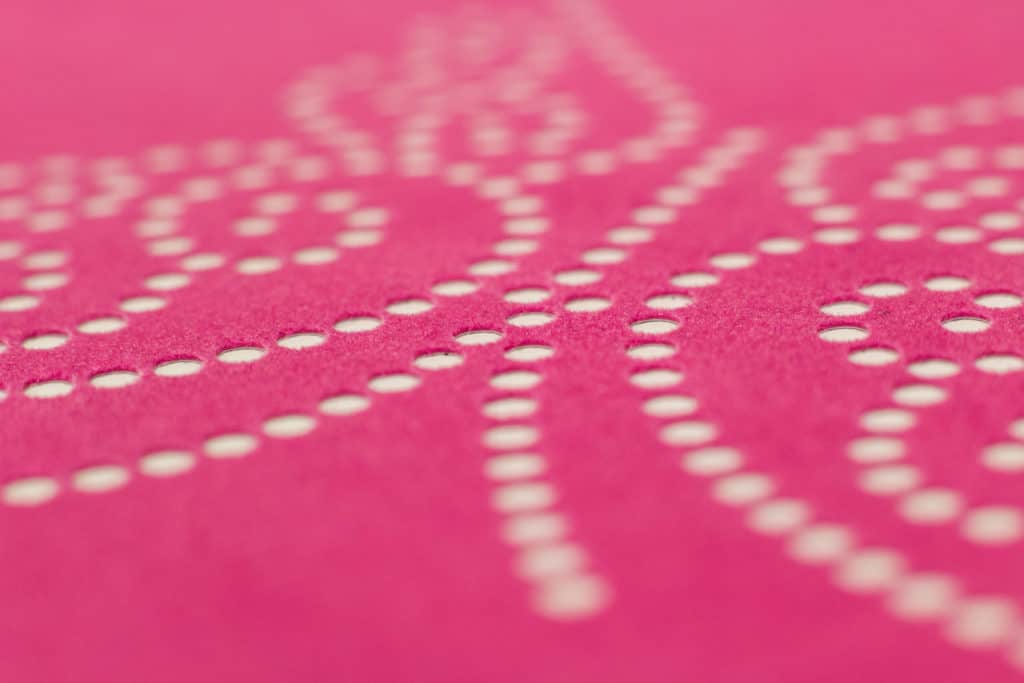
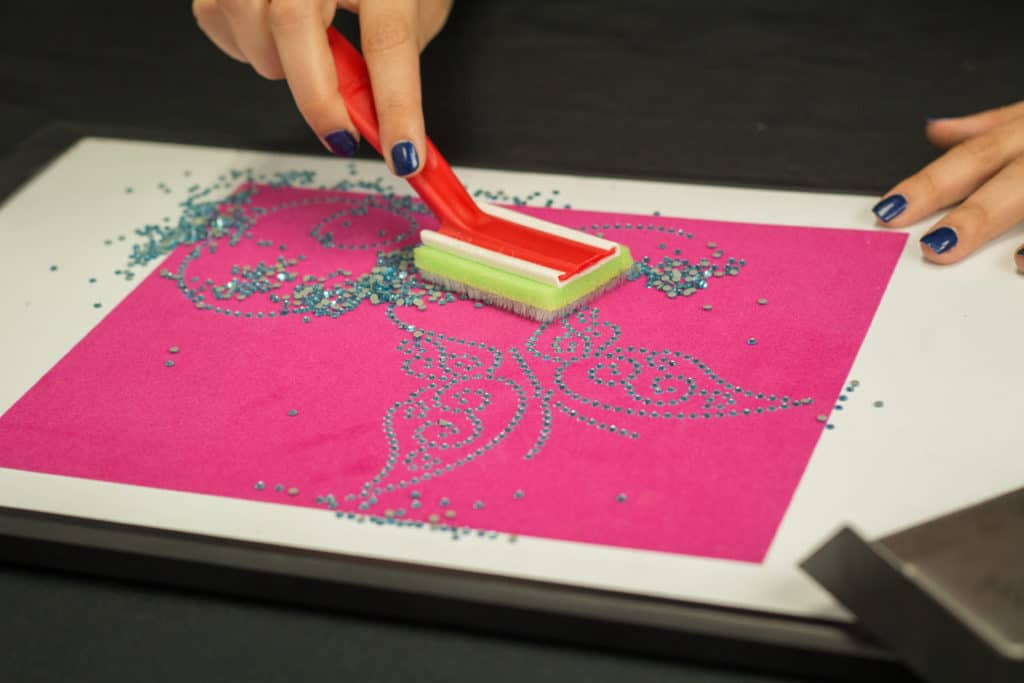
Just like adhesive vinyl, transfer tape is used to move your design onto the item you are putting it on. Acrylic Hot-Fix Tape is needed to move rhinestones and is made to withstand the heat of your application. Like Sticky Flock, Hot-Fix Tape can be reused a few times.
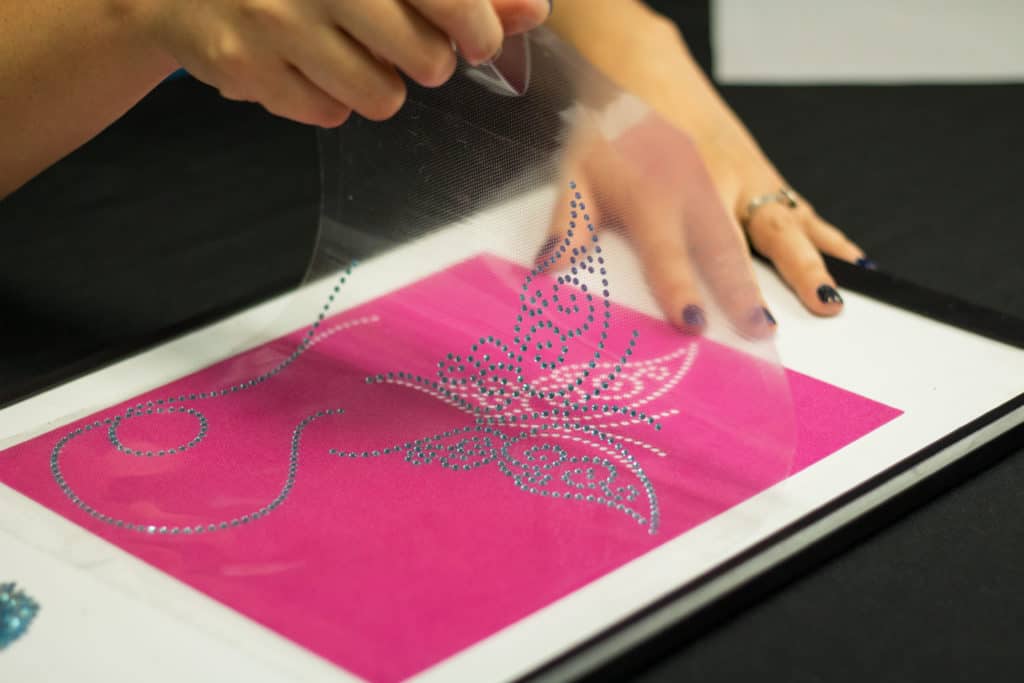
The Cost and Profits
The highest up front cost you would have for rhinestones is the Sticky Flock template material, which is normally around 7-8 dollars a foot. The good part is that because the material is reusable, your cost will be made up in just a few shirts. The average material cost in a shirt could range from 5-9 dollars, but can sell for over $30. Customizations, like an added name or number, can easily raise your retail price with an even lower material cost. Cutting an alphabet in advance (called pre-cuts) can allow you to piece together names for any customization, further increasing the profits you can make from your material.
The following images are one example of a shirt cost and what it can retail for:
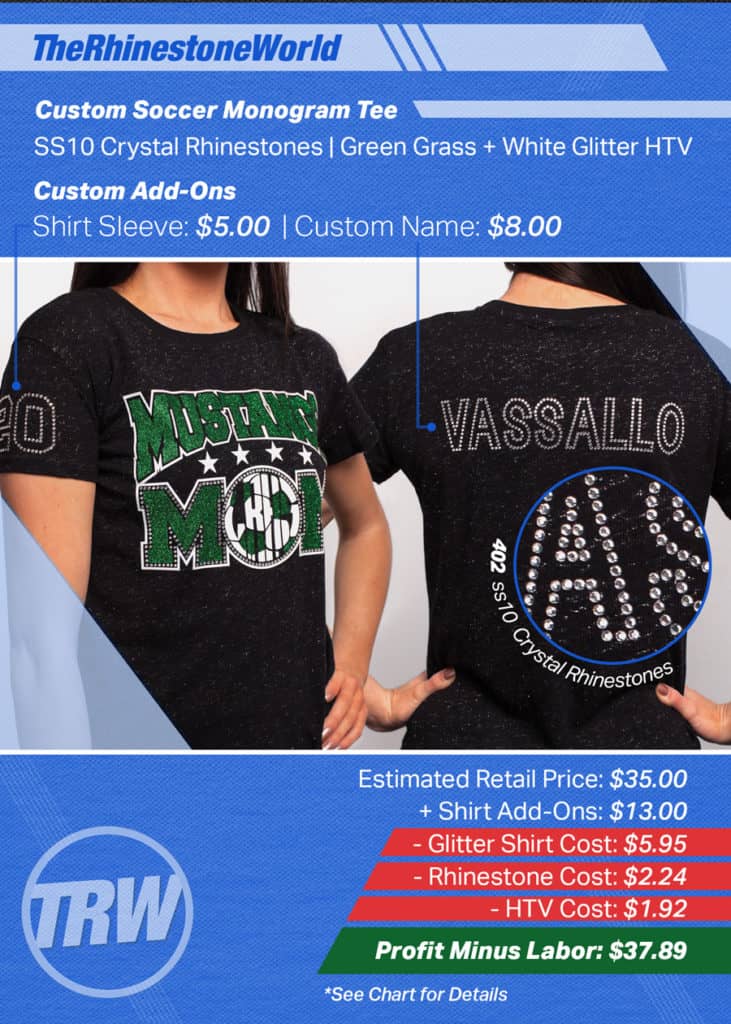
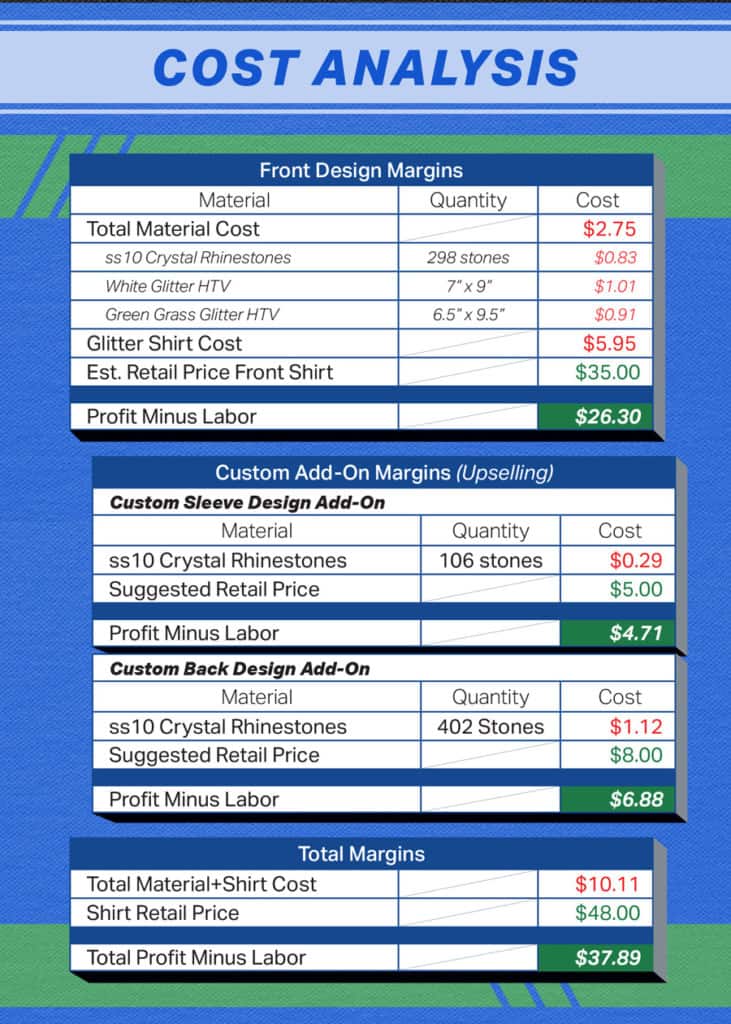
A special thanks to Lisa (from The Rhinestone World) for stopping in and showing us how profitable (and easy!) rhinestones can be to add to your existing product line up. Be sure to thank her by pinning the image below on Pinterest or sharing with a friend on Facebook (just hover or tap the image below):
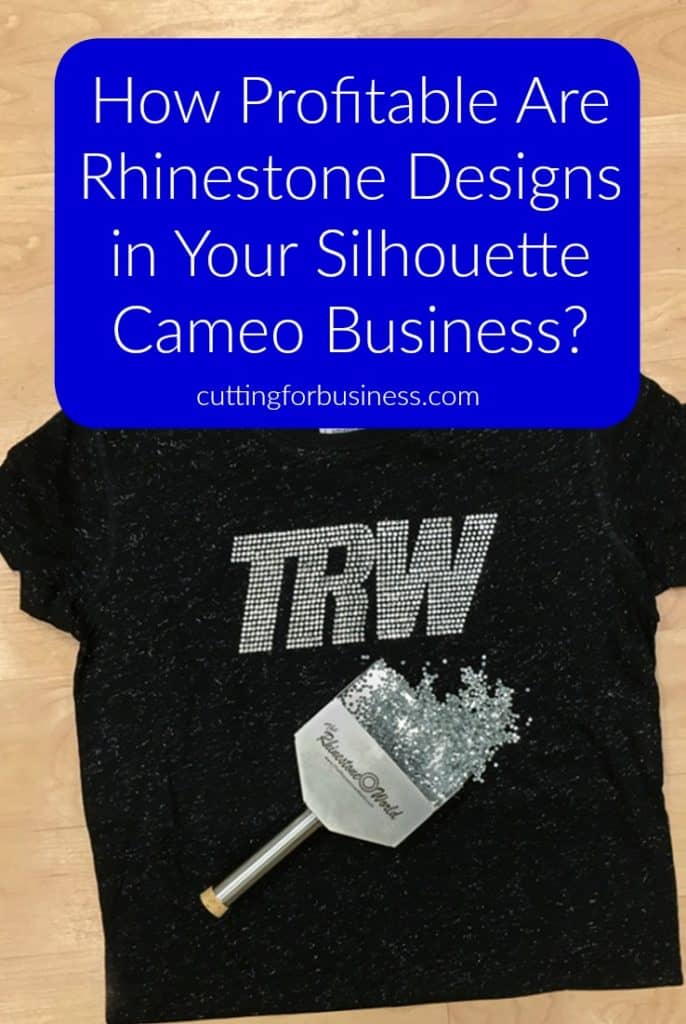
Since 2015, Christine Schinagl has been helping crafters start and run craft businesses through her blog, Cutting for Business. As a Silhouette and Cricut crafter herself, she has a unique take on what works and what doesn’t work in the craft business world. She also enjoys teaching other crafters how to create digital SVG designs, available through the Design with Me series.
